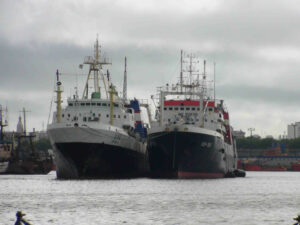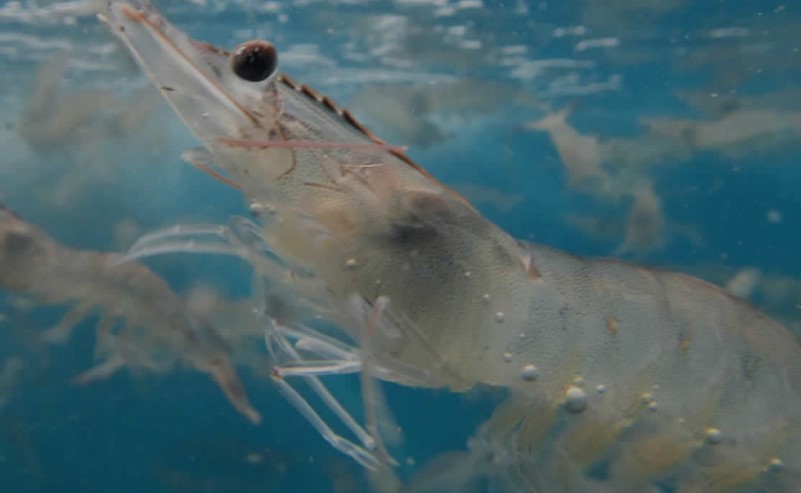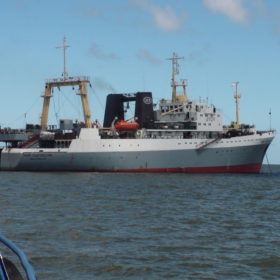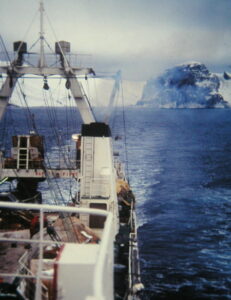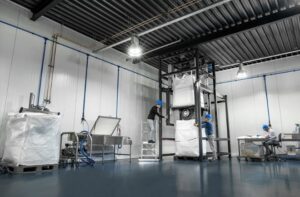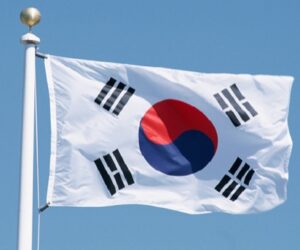|
Deboning Principle and Applicability (2008).  Actual krill meal fluoride content in the vicinity of 1 500-2 000ppm can be safely used on aquafeeds. Nonetheless, fluoride content in feed-based raw ingredients is gaining concern on raw material’s fluoride level to meet EU standards. Although raw krill deboning principles have some Pro’s, it also holds significant Con’s based on Tharos on-board and on-shore research. Debonners will not yield what operators target for these purposes, either because of smashed krill, sticky contherm complications, flow problems and overall lower processing yields. This research shows all Pro’s and Con’s of deboning and its inherent difficulties, which go from shell-residues handling to contherm’s severe working problems; all combined affecting a good and profitable on-board operation. There is an important balance for operators to consider; either low-protein resulting meals (~ 14%) versus high-protein resulting dried deboned meat (~ 67%). Fat and other compounds have been thoroughly analyzed too showing the delicate balance between final product versus revenue:profit ratios. Debonning Pro’s are listed (e.g. effect on fluoride, prot, market niches) as well as Con’s (e.g. pigment, costs, processing complexities). One of Tharos’ conclusions is that this concept needs to be further tested prior any large and final investment is made. Pros’ and Con’s both listed for aqua and human-grade nutraceutical purposes that are in direct relation to Tharos’ marketing research. [protected] Protected files: Reducing Fluoride Content From Raw Krill Being Processed Into Kri.doc [/protected] |
